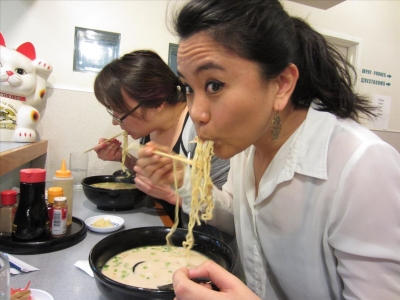
People’s reactions vary when they see a child sucking his thumb. Some feel strongly that it’s good for him to fulfill his own needs this way, while others feel just as strongly that it’s not. Because of the differing opinions offered on the subject, parents are sometimes unsure about what to do.
Babies begin sucking their thumbs for the same reasons they use pacifiers and frequent nursing or bottle drinking — to satisfy their sucking needs. The thumb is always there and so the child is always in control, which is not the case with the pacifier, breast, or bottle. And a baby who sucks his thumb may be less dependent on his parents to calm and soothe him since, with his thumb; he’s able at times to comfort himself.
It’s not unusual for a child to suck his thumb for years – sometimes until he is five, six, or even older. During the preschool years, sucking gradually decreases, and by the time he’s of school age, he’s usually sucking his thumb only at night before bed or during an anxious time, such as the birth of a sibling or a move to a new house. Some children, however, may occasionally suck their thumbs during the day when they first enter elementary school.
There are pediatricians who advocate thumb-sucking and even encourage new parents to help their baby get started on the habit. These doctors reason that thumb-sucking is a natural and easy way for a child to satisfy himself. Other doctors say that a child who’s given the breast or bottle on demand will already have his sucking needs met and will not need or desire a thumb. Finally, there are pediatricians who are against thumb-sucking, believing it’s an unnecessary habit that may harm the child’s teeth.
Just as pediatricians offer various opinions, parents, too, have different feelings about thumb-sucking. Many are unconcerned but do feel bothered by negative comments they hear from others. Friends, relatives, and even strangers will criticize a child for thumb-sucking and try to pressure his parents to stop him. For many families, this is the only problem connected with the habit.
In other families, thumb-sucking is looked on with ambivalence. Parents worry about their child’s teeth, about how long he’ll continue, about how he’ll finally give it up, and about whether they should try to make him stop. And there are parents who don’t want their child to suck his thumb at all, and worry about how to stop him right away.
What are parents’ choices? If they notice this habit during their child’s early months, they can try to feed more frequently, which may satisfy sucking needs. Otherwise, they can accept thumb-sucking- as a natural habit and try to make the best of it even if they don’t like it, or they can try to force the child to stop. This latter course can have negative consequences for the child, and it is usually unsuccessful because a thumb, unlike a pacifier, can’t be taken away. If the parents pull a child’s thumb out of his mouth, he’ll cry and then most likely will suck his thumb again as soon as he can. As he gets older, if they paint his thumb with one of the foul-tasting commercial products sold to discourage thumb-sucking, he’ll feel helpless and may whine, show increased aggression, or become obstinate.
Since sucking provides comfort, the more pressure parents put on their child to stop, the more attached and dependent on his thumb he may become. Fearing ridicule and feeling vulnerable, he may depend more and more on himself and his thumb for comfort. This is not an attempt to rebel or get back at his parents, although they may see increased thumb-sucking as a sign of stubbornness or “badness”. He has a strong desire to please his parents, but he also has a strong desire to suck his thumb in order to make himself feel better. One four-year-old who knew her parents disapproved of her thumb-sucking hid under a table to suck her thumb. Parents who want their child to stop this habit should try decreasing the pressure they put on him. This, in turn, may eliminate some of his need to soothe himself.
Another drawback to struggling over thumb-sucking is the bad self-image a child can eventually develop when he senses that his parents don’t like what he’s doing. Parents who try to make their child feel bad about his habit (“I don’t like that!”) may end up having him feel bad about himself. Some parents can remember back to their own childhood embarrassment and pain over the issue.
The best thing you can do if your child sucks his thumb is accept the situation and be patient. Try not to discourage him from thumb-sucking, at least through his preschool years when his need may be strongest. Usually by age five or six he’ll stop because his friends have stopped, he no longer has the need, or he’s self-conscious about doing it in public. Certainly, by these ages you and he can come up with a plan and perhaps incentives for stopping, and you can firmly let him know you want him to give up the habit.
Picture Credit : Google




 Stretching your arm in front of neighbors at the table disrupts their meals – and is a good way to accidentally upend the gravy boat. It is impolite to reach over someone to pick up food or other items. Diners should always ask for items to be passed along the table to them. In the same vein, diners should pass those items directly to the person who asked. Always scoop food, using the proper utensil, away from you. Always use serving utensils to serve yourself, not your personal silverware.
Stretching your arm in front of neighbors at the table disrupts their meals – and is a good way to accidentally upend the gravy boat. It is impolite to reach over someone to pick up food or other items. Diners should always ask for items to be passed along the table to them. In the same vein, diners should pass those items directly to the person who asked. Always scoop food, using the proper utensil, away from you. Always use serving utensils to serve yourself, not your personal silverware.








